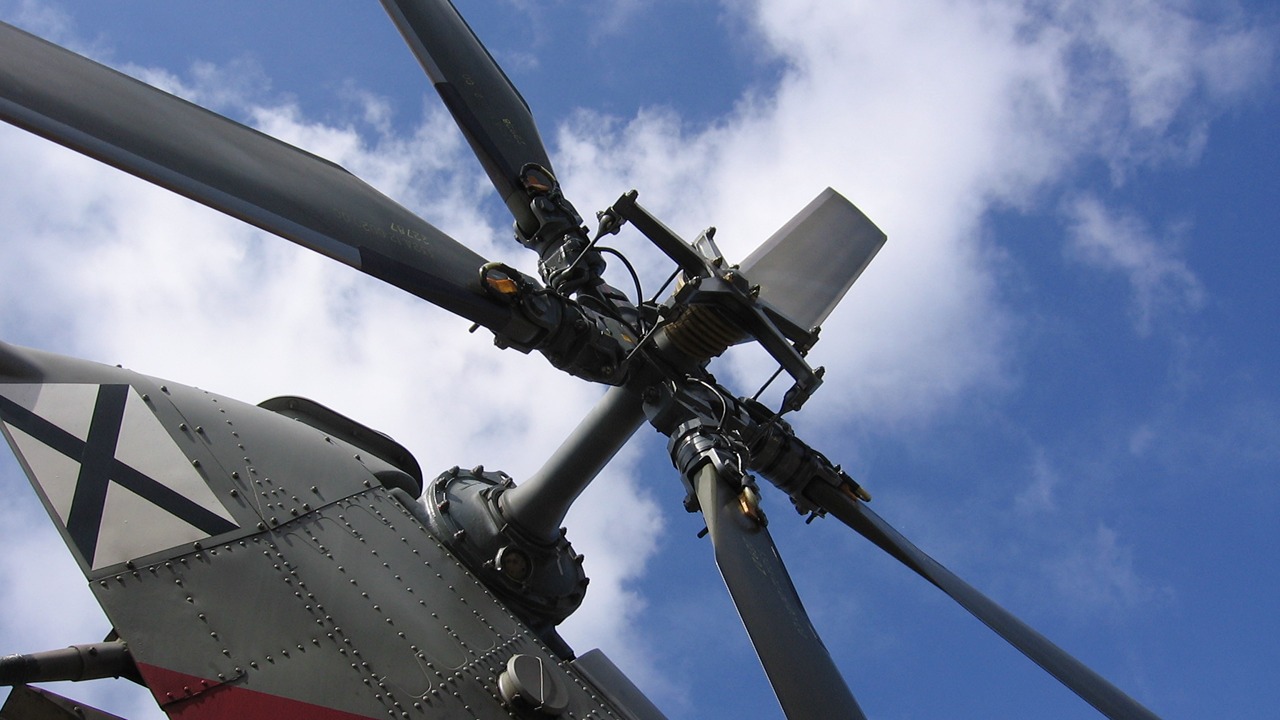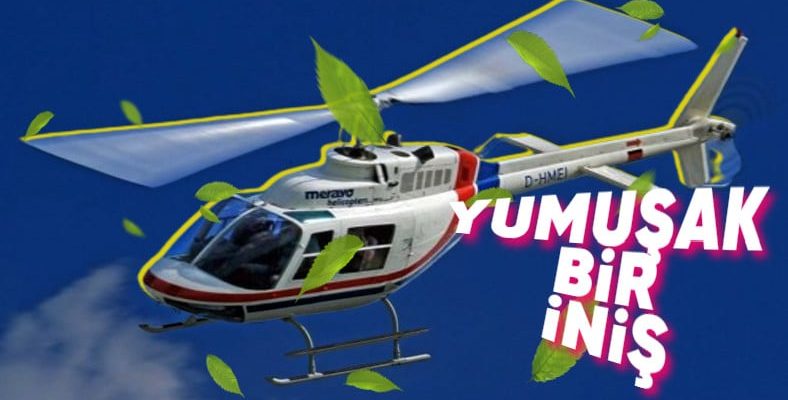When we imagine a crashing plane, the first scene that comes to our mind is how quickly it will hit the ground. Can you recreate the same scene for a helicopter? This is quite difficult, because helicopters glide gracefully to the ground even when their engines fail. So what distinguishes them from airplanes?
When you watch the crash scene of a helicopter, have you ever wondered how these giant pieces of metal make such a soft landing? Just as it normally makes a stone fall when throwing it, These machines weigh hundreds of kilos We expect it to fall like that. However, contrary to our expectations, helicopters land on the ground by soaring like a bird.
If you’ve ever helicopter crash If you haven’t witnessed it, we recommend you watch the videos, then you can better understand the scientific truth behind this.
Helicopters attract attention with their ability to stay in the air and maneuver.
Unlike airplanes, helicopters can stay in the air without moving for a certain period of time. However, if we consider that a helicopter’s engine fails, contrary to popular belief, in such a situation, helicopters do not crash directly to the ground. In fact, it will help each helicopter make a safe landing in case the engine fails. There is a secret parachute.
Don’t think that’s the end of it all, there is also an interesting fact known as autorotation. This situation means that helicopters are powerless. rotor blades It enables it to land on the ground in a controlled manner.
So, as you can see, helicopters do not crash directly to the ground when they malfunction.
Considering this situation, helicopters that are expected to fall to the ground like a hard rock, when they malfunction, they float in the sky like a leaf and fall to the ground. Engine in flightIt draws air from above and powers the rotor blades, which create downward lift.
But when the engine loses power air flow reverses and gravity pulls the helicopter down. In this case, as we mentioned above autorotation Activated.
By ensuring the rotor blades rotate in a controlled manner, the pilot helicopter allows for a safe landing. Rotor blades act like parachutes, relieving the force of gravity. Thus, the image of a helicopter floating like a leaf is created.
The tail rotor plays an important role in counteracting the torque produced by the main rotor in helicopters.

Tail rotor failure In this case, the helicopter may spin uncontrollably in the air. In this case, as no power is produced by the engine while the main rotor blades continue to rotate, no torque is generated and the pilot can regain control.
This is exactly how helicopters differ from a normal plane crash. Unlike airplanes, the regions where helicopters fly also vary. This is actually another factor that manages the risk of accidents. Because helicopters often fly at lower altitudes and over hazardous terrain, which can increase their accident rates. Soft landings, thanks to autorotation and safety mechanisms, play an important role in increasing aviation safety and prevent human deaths.
Our other content about helicopters:
RELATED NEWS
Why Do Some Helicopters Have Wheels and Some Have Skids?
RELATED NEWS
How Can Helicopters Go Back and Forth Suddenly in the Air While Airplanes Can’t?
RELATED NEWS
Why Was the Helicopter Mission That Infuriated Us All While Playing GTA: Vice City So Difficult?
RELATED NEWS
